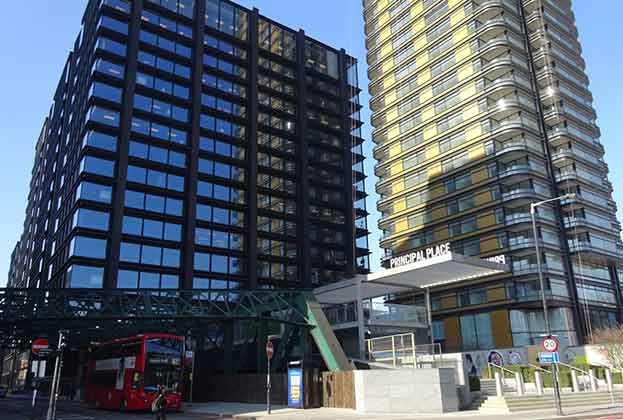James Shannon, Chief Product and Technology Officer, essensys, explores how operators are encompassing tech to their flex space
How is technology transforming how we let space and use space?
A key challenge shared by landlords and occupiers traditionally has been time-to-value; technology is allowing landlords and operators to minimise time-to-value by rapidly activating flex space for any purpose, through automation of all the digital infrastructure required in the building. Once a landlord or operator has a tech-enabled flexible offering, they minimise the traditional obstacles of getting a tenant into a space. From a tenant perspective, in a recent report (May 2021) compiled by independent research firm Verdantix, 67% of occupiers ranked ‘Ease of moving into and beginning use of space’ as either their first or second reason for wanting to utilise flex space.
How is the tenant experience changing, and where are the future shifts in flex space likely to emerge? What are the new tenant requirements?
Occupiers are seeking spaces that facilitate employee productivity, are enriched with next-generation technology and that come with lease flexibility. In more practical terms, occupiers are increasingly seeking the ability to offer a hybrid collection of space to their staff for flexible use, but with the necessary company-specific guardrails and policies that have been deployed for the evolving work-from-anywhere world. This means offering frictionless access to spaces and amenities in-building regardless of whether the end-user is at the company HQ or a distributed flexible workspace.

Office space
What sort of premium are occupiers willing to pay to have tech-enabled amenities in their flex space?
As recently documented by Verdantix, proactive landlords are presented with double-digit rent premiums and monetisation opportunities – occupiers want flex space combined with technology that addresses any concerns they have around digital security, staff engagement & productivity and space efficiency. There’s a reward on offer for meeting these demands; when asked directly as part of the research, 67% of occupiers said they’d be happy to pay a premium of between 15–25% on a square foot basis for flex space with tech-driven amenities.
The importance of protecting data security in flex offices and the challenges landlords are facing.
One of the findings in the previously mentioned Verdantix research was that almost 70% of occupiers were not completely satisfied with the quality of data security in the flex spaces they had seen, yet more than 90% of landlords surveyed acknowledged that this was a ‘high impact’ benefit sought by occupiers. This points to a real challenge being faced by landlords today who are offering or want to offer flex, suggesting the traditional approach to building or digital security is no longer fit for purpose. That’s because flex introduces a level of dynamic change that traditional security systems were simply not designed for. A holistic approach must be taken where a platform manages security seamlessly all the way from remote booking and availability in a mobile app to in-building physical access and enterprise-grade network security, whether using wired or wireless connectivity.
The shift to more flexible and distributed working has led to occupiers demanding that flex offices meet enterprise-grade security requirements; this is because organisations must now offer a broader choice to their staff than simply commuting to the company HQ, whilst still meeting the corporate security demands.
Read the articles within Spotlight: UK Flex Office Perspectives below.

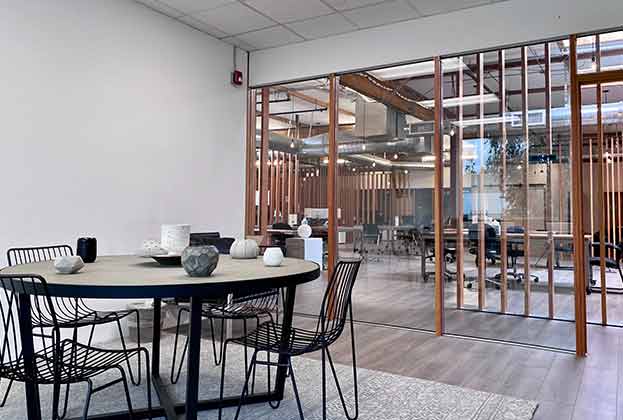
.jpg)
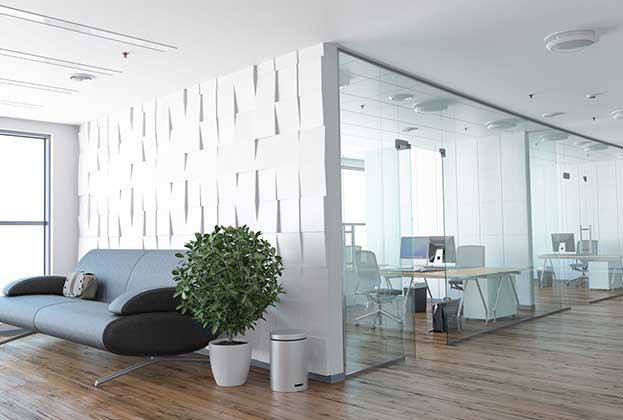

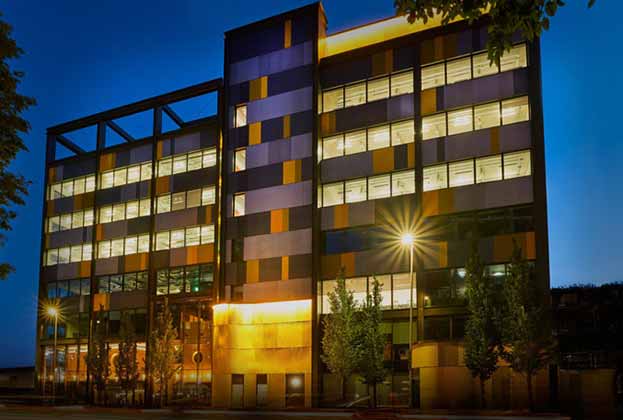
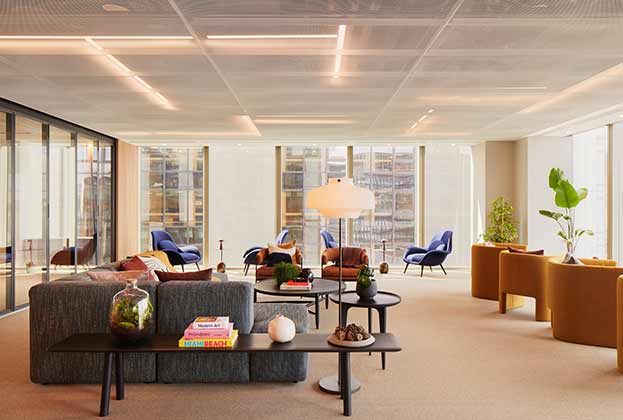
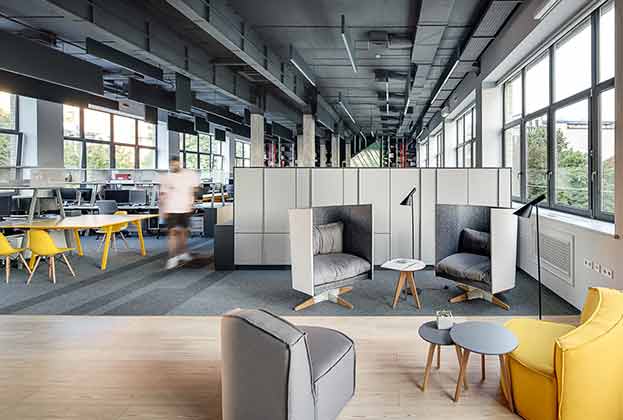
.jpg)

